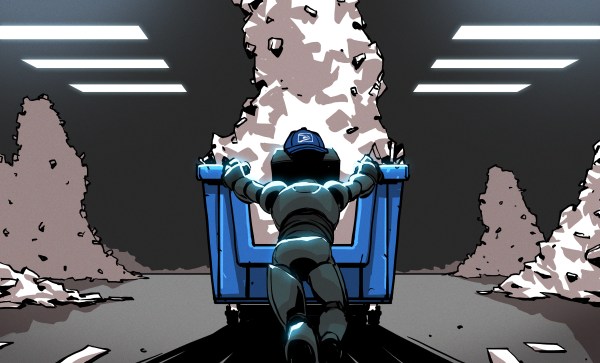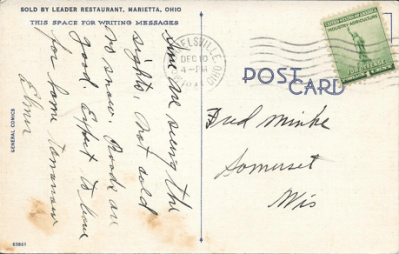Well, we’re just zipping right through this series, no? So far we’ve looked at various postal machines and how they work to flip mail around, cancel the postage, and sort it, all in a matter of seconds. We explored the first automated post office and found out why it was a failure, and we learned why it all depends on ZIP code. Now, it’s finally time for some really fun stuff: the stamp trivia.
Now I’m no philatelist by any standard, though I do have a few hundred stamps strewn about the house. The danger in philately is that you learn all sorts of cool things about stamps and their history, and you just want to buy more and more of them. So let’s go!
Continue reading “You’ve Got Mail: Grilled, Scrambled, And Other Delicious Stamps”












